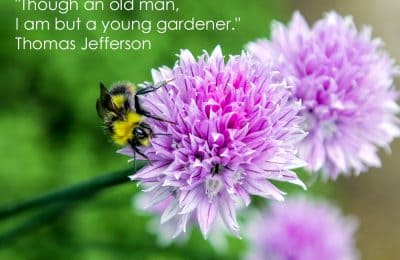Harness Your Learning Style To Remember More
There are many different approaches to revision, which we discussed here, but how do you know which approach will work best for you?
Your Learning Style can provide some important clues, showing you how to study so that you remember more and make the most of your revision time.
We each learn in a different way, while some people prefer to learn by reading information, others learn more easily by ‘doing’ an activity or by watching someone else do it. Before you begin to plan your studies think about your own learning style – how do you learn best? You may find that you respond well to a mixture of approaches depending on your situation, the material you’re studying, or your mood.
Once you understand more about your unique learning style, you can incorporate this understanding into your Revision Plan.
Identifying Your Learning Style
Visual Learners:
Learn through seeing… .
If you are a visual learner you probably found that at school you learned best when you could see the teacher’s body language and facial expression. You probably preferred sitting at the front of the classroom to avoid visual obstructions (e.g. people’s heads). You may think in pictures and probably learn best from visual displays including: diagrams, illustrated text books, overhead transparencies, videos, flipcharts and handouts. During a lecture or classroom discussion, you probably found that you preferred to take detailed notes to absorb the information.
Auditory Learners:
Learn through listening…
If you learn best through verbal lectures, discussions, talking things through and listening to what others have to say then you are probably an auditory learner. You are sensitive to the underlying meanings of speech and will listen to tone of voice, pitch, speed and other nuances. Written information may have little meaning for you until it is heard. You may benefit from reading notes aloud onto a tape recorder and then playing them back.
Tactile/Kinaesthetic Learners:
Learn through , moving, doing and touching…
If you are a tactile/kinaesthetic learner you will find that you learn most effectively using a hands-on approach – actively exploring the physical world and learning new skills by doing them. You find it hard to sit still for long periods and may become distracted by your need for activity and exploration.
Tips on Learning More Effectively
If You are a Visual Learner:
- use visual materials such as pictures, charts, maps, graphs, etc.
- use colour to highlight important points in text
- take notes
- illustrate your ideas as a picture or brainstorming bubble before writing them down (we’ll look at how to do this shortly)
- write a story and illustrate it
- use multimedia (e.g. computers and DVDs)
- study in a quiet place away from verbal disturbances
- read illustrated books
- visualise information as a picture to make it easier to remember.
If You Are an Auditory Learner:
- use a tape recorder for your notes instead of writing them down
- read text out aloud
- create musical jingles to make it easier to remember key ideas or words
- create mnemonics to make it easier to remember key ideas or words
- discuss your ideas verbally
- dictate to someone while they write down your thoughts
- use verbal analogies, and story telling to demonstrate your point
If You Are a Tactile or Kinaesthetic Learner
- take frequent study breaks
- move around to learn new things (e.g. read while on an exercise bike)
- work at a standing position
- chew gum while studying
- use bright colours to highlight reading material
- if you find it helpful, listen to music while you study
- skim through reading material to get a rough idea what it is about before settling down to read it in detail.

